Our friends from StreetArtNewsJapan spent some time with Pøbel and asked him a few questions…
Pøbel is a Norwegian street artist based in Stavanger. He is best known for the Getto spedalsk project, painting abandoned buildings in at the Lofoten islands in the north of Norway, along with DOLK.
Enjoy the read!
Pøbel: I never really got into street art but rather the art of stencilling. I was a huge fan of Rage Against The Machine when I was growing up. And a friend of mine had one of their t-shirts with the Che Guevara image on it. I was looking at it and could not understand how it was possible to make an image of just black and white (Young and dumb). So he said, draw only the shadows on photographs and you get the same effect. So I tried this a few times and I got hooked.
I started drawing and cutting everything I could get my hands on from newspapers, magazines and band posters on my wall. So I really became a cutting nerd, this was in 98-99 and I had never heard of street art.
A few years later I of course realised there was a scene overseas and I was really surprised that there were other “nerds” out there. Around 01-02 I started painting outside. Starting stencilling now is not the same as back then. Now you can Google all the different techniques. All the stuff I did/do I came up with on my own as I went along.
Now kids do like a 20 layer stencil the first time they try it out. But for me it took a long time before I mastered the techniques for painting outside (illegal). Like it took me a year or two before I realised that by cutting a small hole in the stencils I could align the layers perfectly, this sound really stupid now because it is so obvious, but it really says allot about how it was back then. I did stencils for 5-6 years before I met other stencil artists, and that was Strøk and Dolk in 2004.
Pøbel: That people can get a feeling from looking at it, and hopefully make them think.
Pøbel: It depends on the work, but I like to make kind of depressing images that also can work as an image of hope and optimism. The later years I have focused just as much in the photography as actual paintings. I like to paint places where no one will ever see the paintings in person, so they have to see the photos to actually see the work. So in a way the photo is the artwork, not the painting, becouse the paintings is based on the suroundings, and without them the painting wold not make any sense. So what I want to present with the photos is more like an escape from daily life. They become almost like dreams. Like if you live in a stressful city, work in an office place, it can be funny to see a photo of people in suits having small talk over the water dispenser in the middle of the Norwegian wilderness. Hehe now I sound like a hippie, but yeah it’s like a state of mind, put into a photo/painting.
Pøbel: I like best to work with site-specific paintings. So normally I find the wall first and make up the image based on the wall and surroundings. So for me biggest inspiration is the contrast between nature and city life. I like to put familiar images and scenarios from the “city life” and place it way out in the nature just to put it on pause and show how ridicules many of the things we do daily really are.
SANJP: Are you using computers to create your pieces?
Pøbel: Music, and I sometimes paraglide… even though it is really boring.
Pøbel: There is alot of cool movies from japan, I really liked Soredemo boku wa yattenai. Also a lot of great tattoo artists. Don’t really know too much about the art scene to be honest. Also maximum the hormone and melt-banana are really great bands.
SANJP: What are your plans for 2013?
Pøbel: I’m going back up to vardø next week to do paint more cabins in the finnmark plateau. I also want to organize a new round of Komafest.
Pøbel: This is my message. Check this out! http://www.youtube.com/watch?v=1gye4XCFAmo

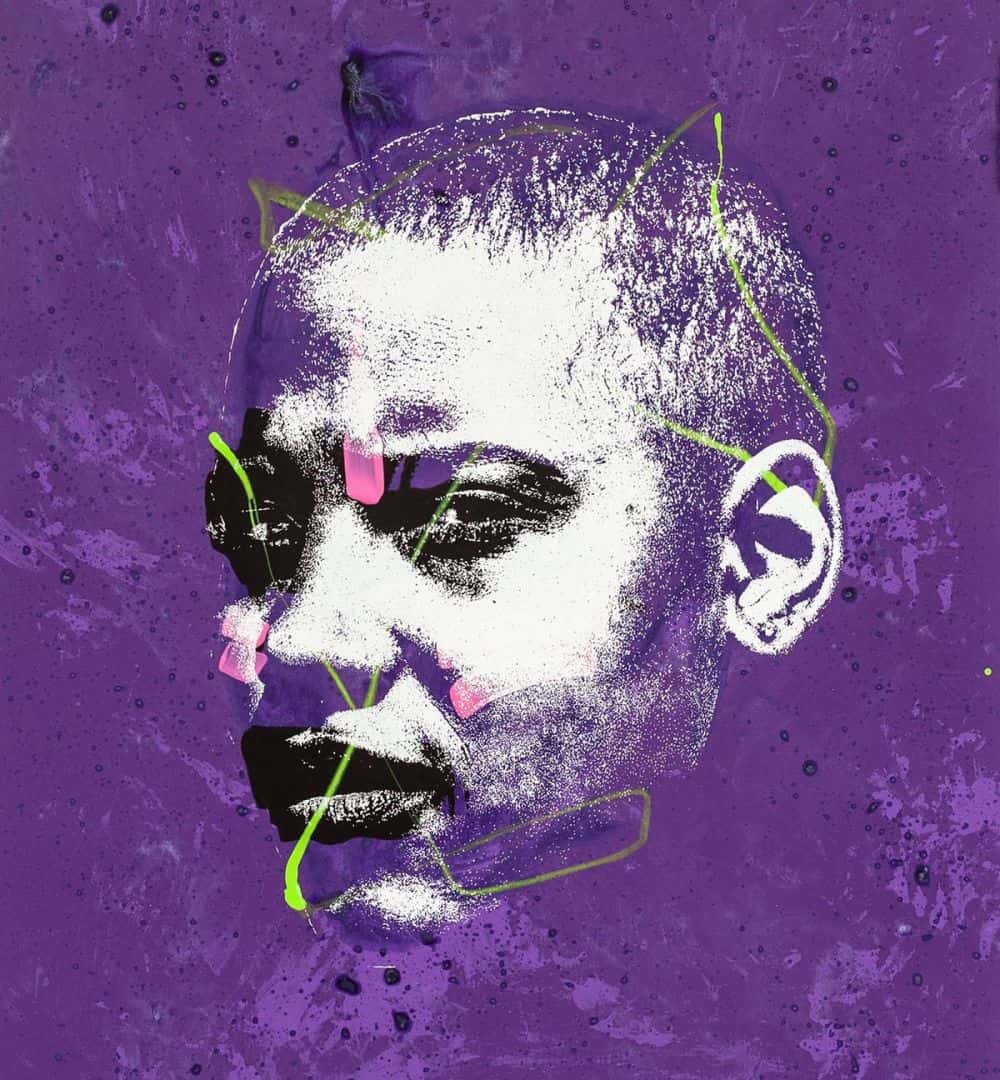
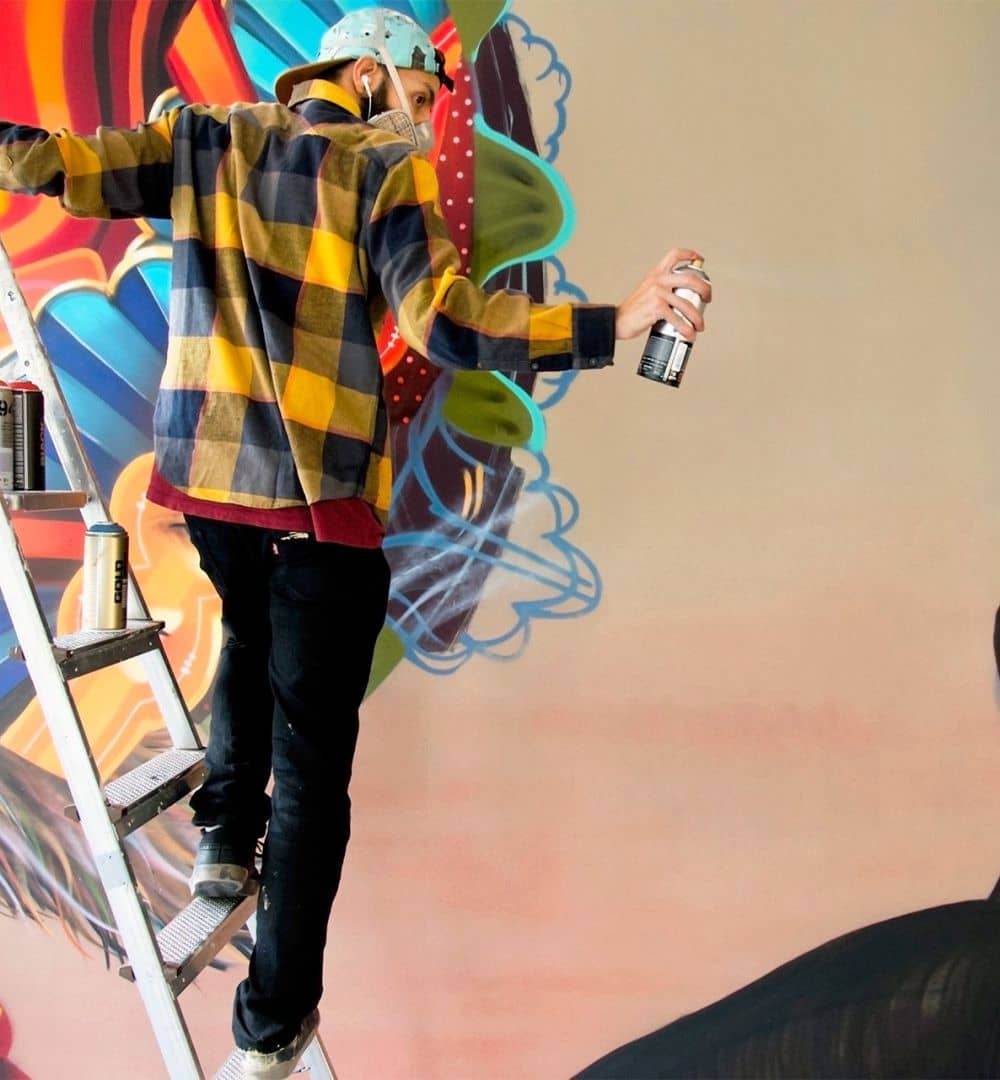
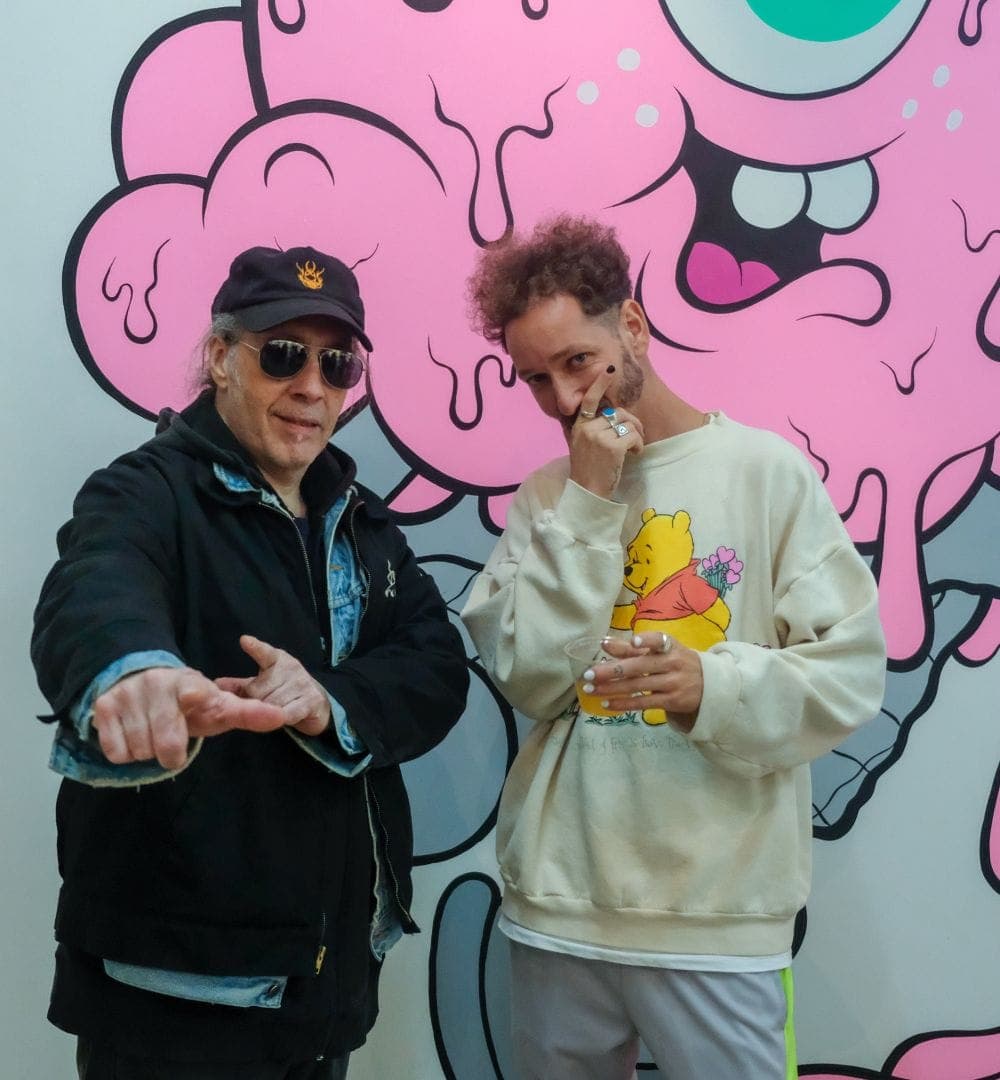
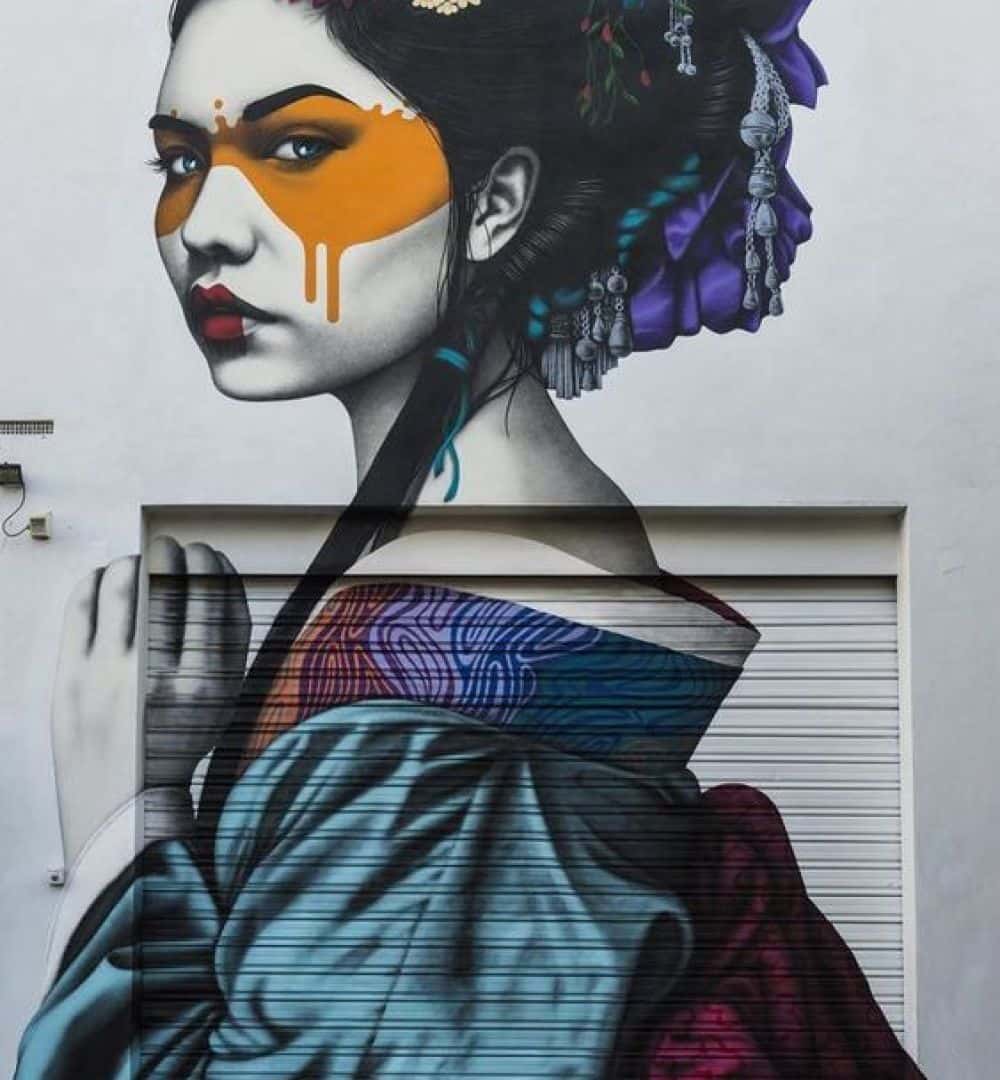

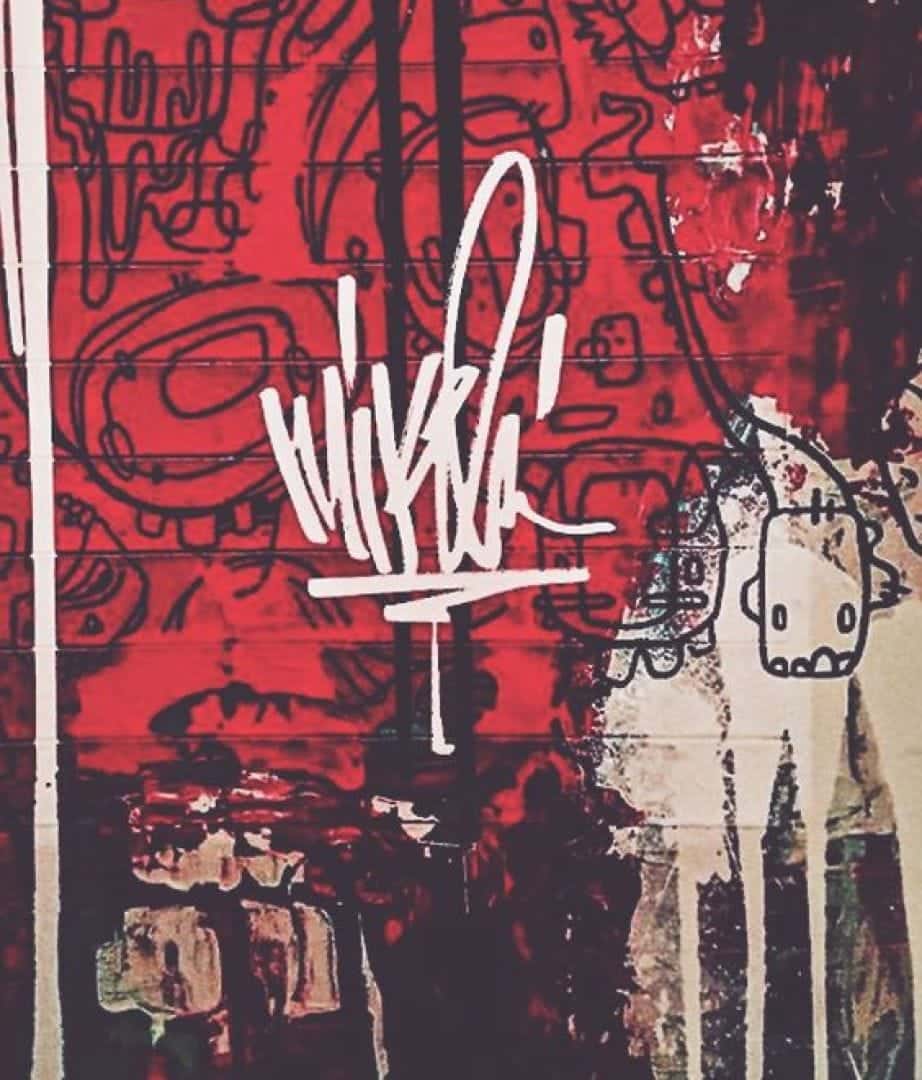
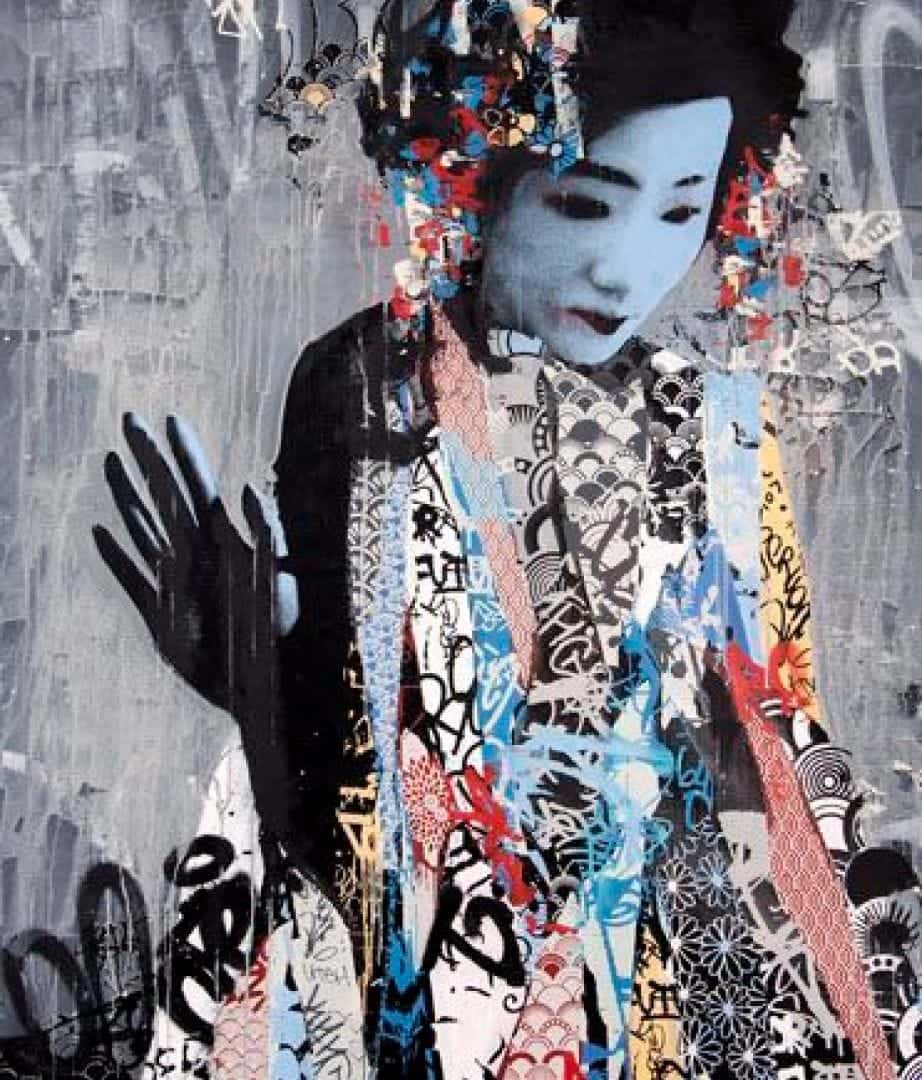
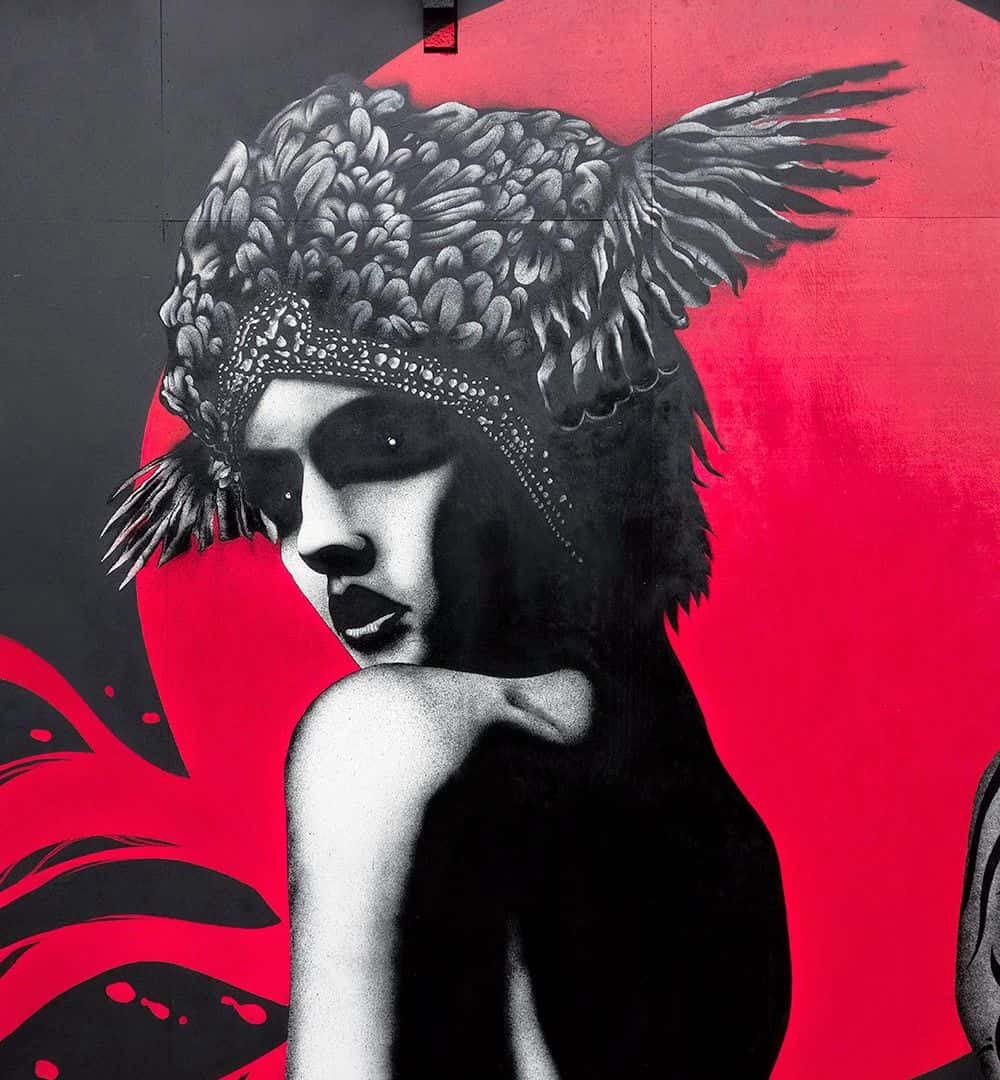
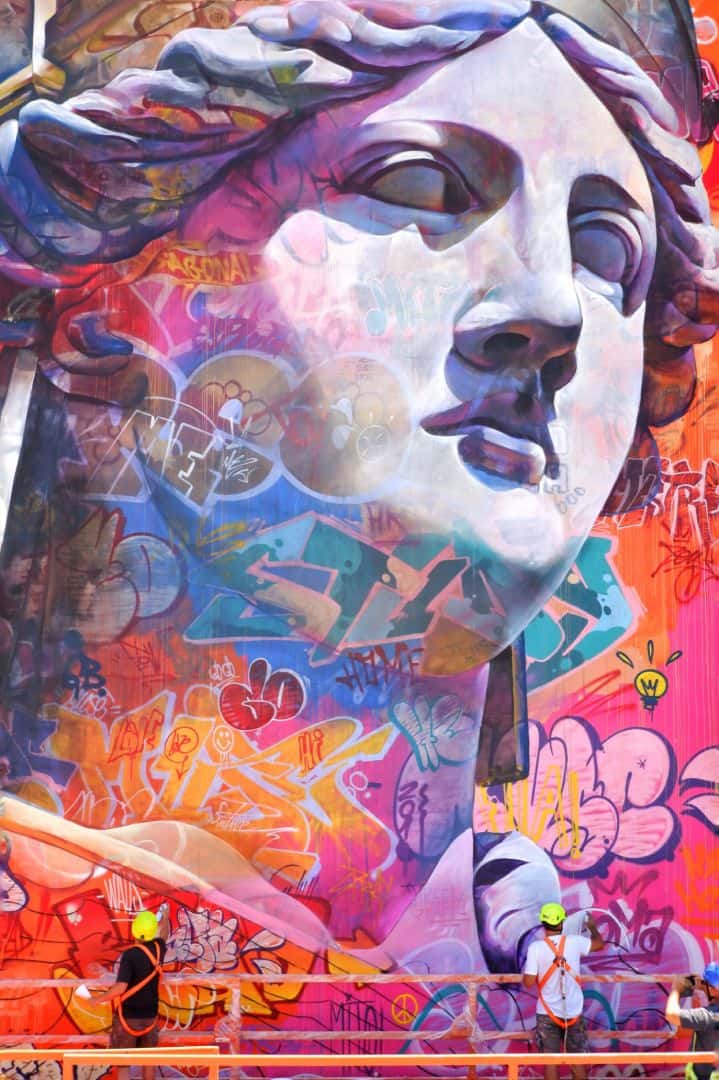
























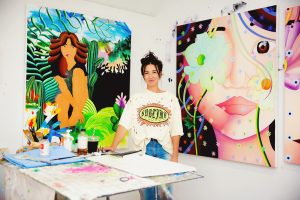

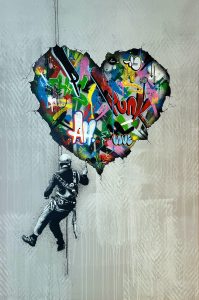
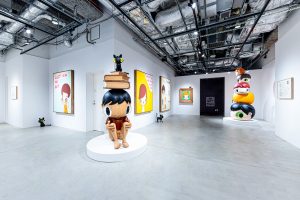
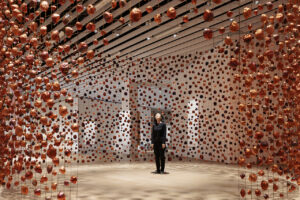
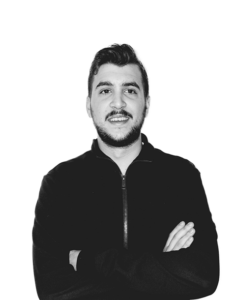

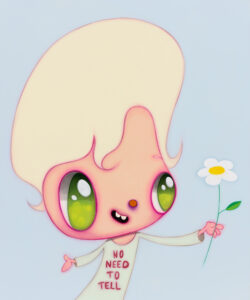
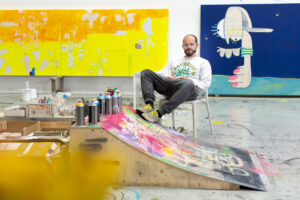
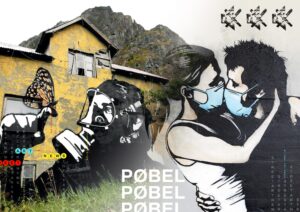
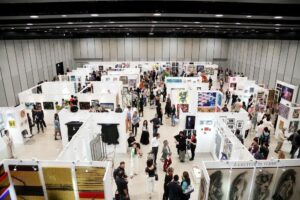
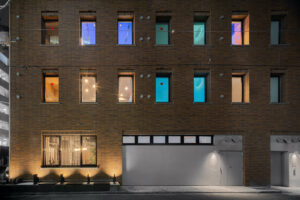
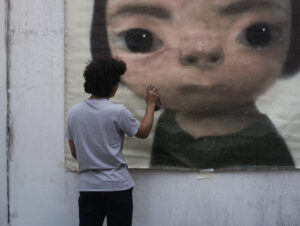
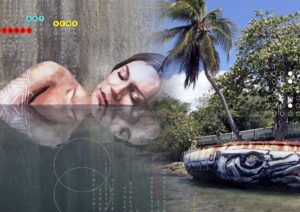
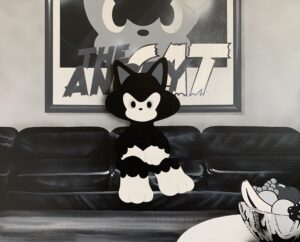
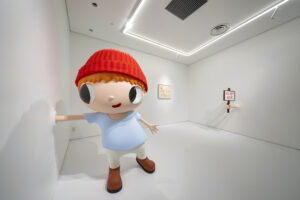
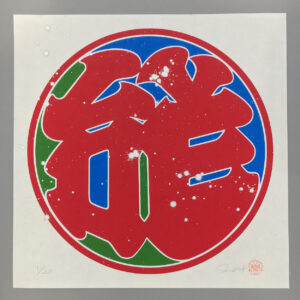
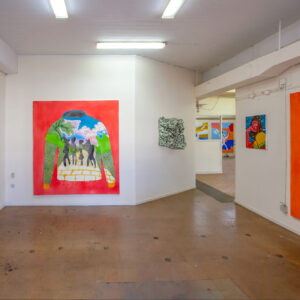
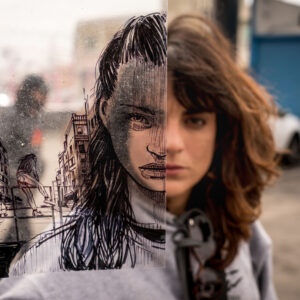
comment